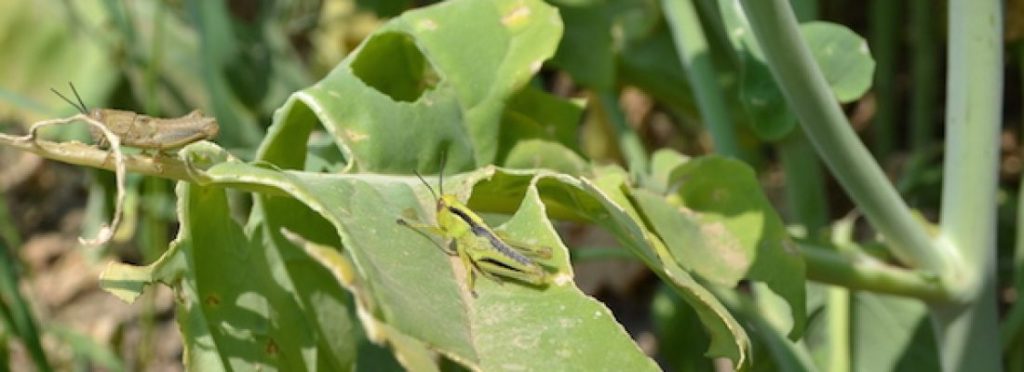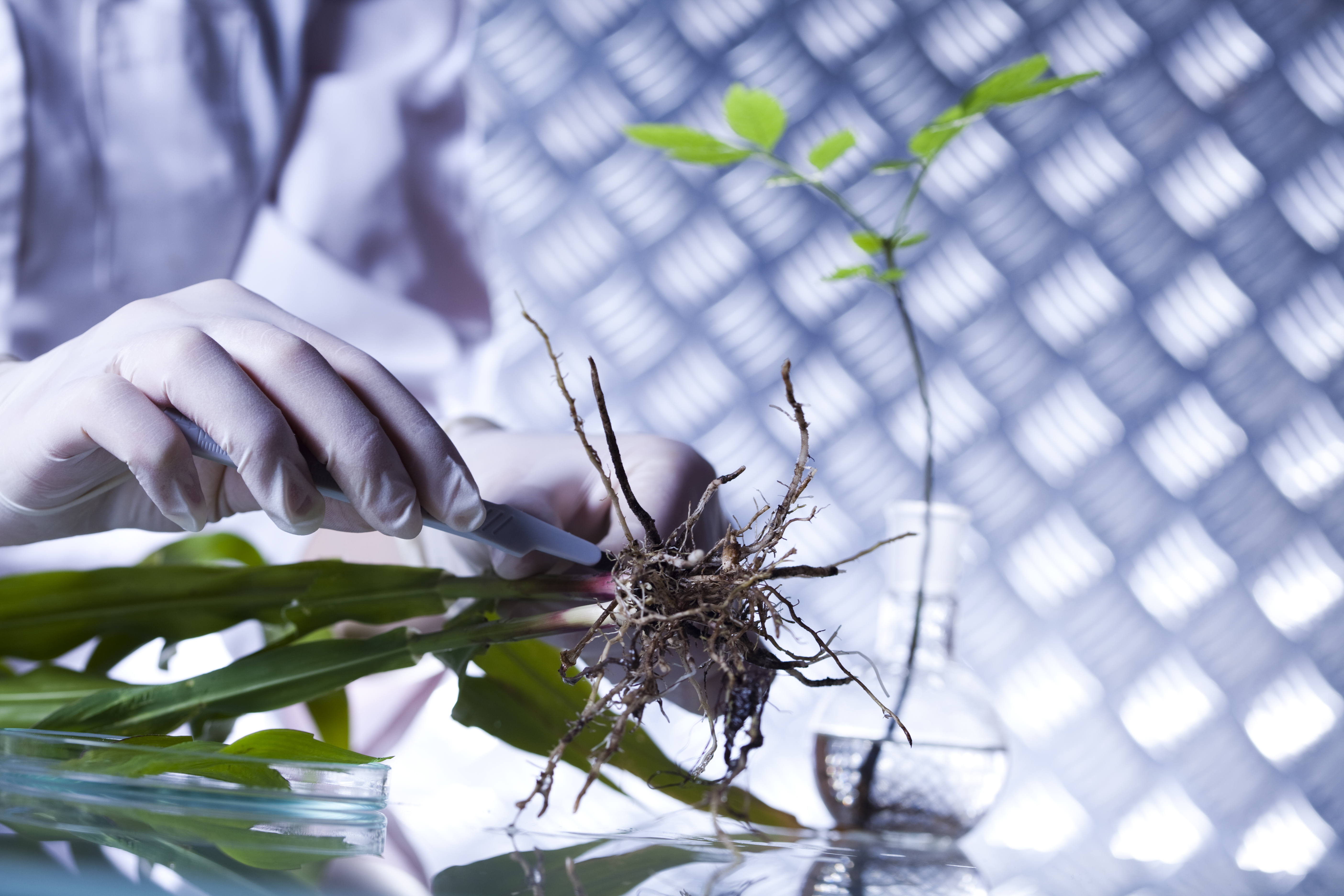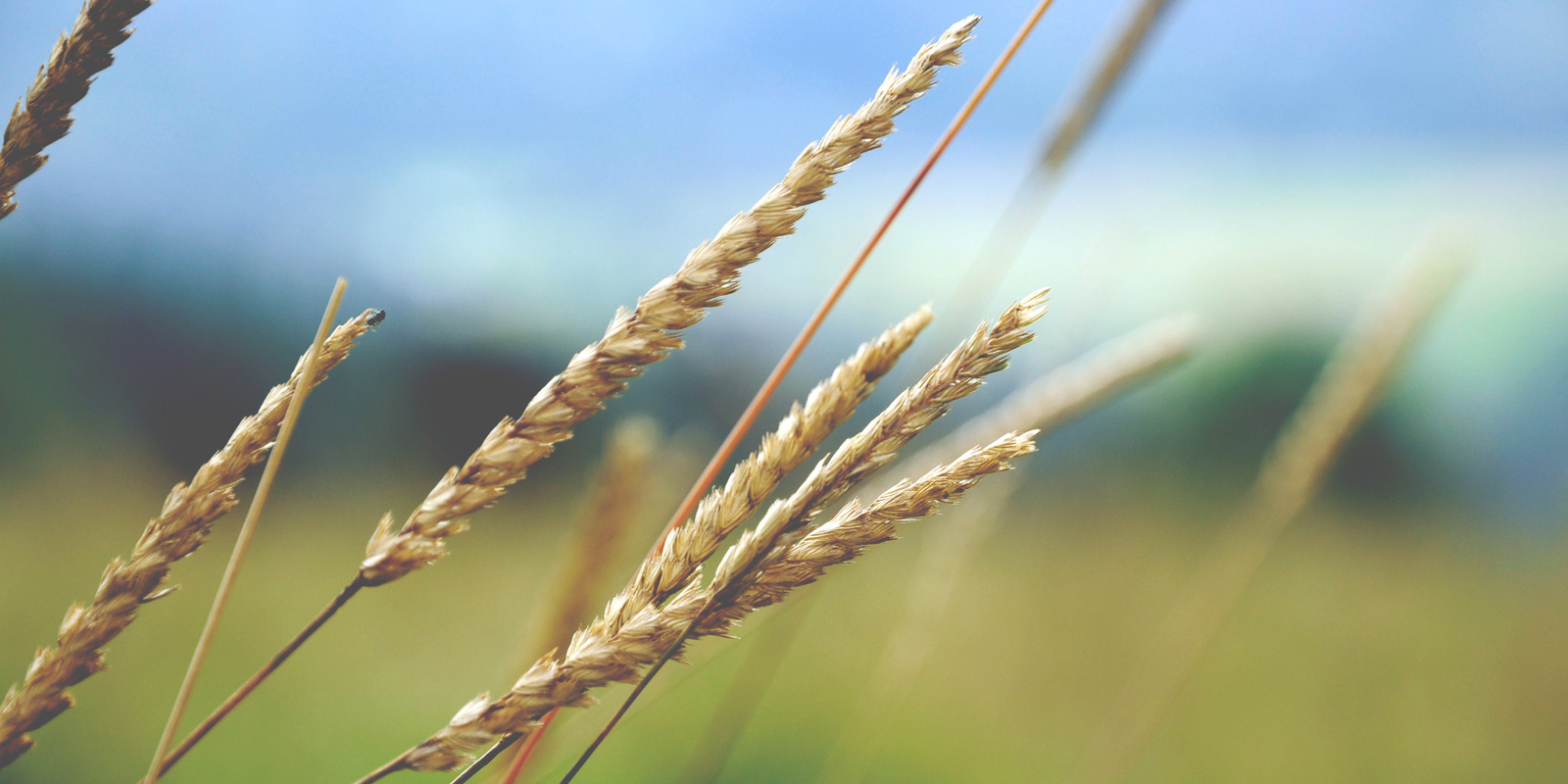Does Eco-Friendly Disease Control work?

If you are a gardener, farmer, or homeowner, you probably know how frustrating it can be to deal with pests and diseases that attack your plants and crops. You may have tried using various pesticides and fungicides to get rid of them, but you may have also wondered about the negative effects of these chemicals on your health, the environment, and the food chain. Is there a better way to control pests and diseases without harming yourself and the planet? The answer is yes: eco-friendly disease control.
What is Eco-Friendly Disease Control?
Using natural or biological agents to prevent or reduce the damage caused by pests and diseases in plants and crops is called eco-friendly disease control. These agents, such as microorganisms, insects, plants, or other natural substances, can suppress, repel, or kill harmful organisms without harming the beneficial ones. Eco-friendly disease control can also be known as biological control, biocontrol, or bioprotection. 1
Why Choose Eco-Friendly Disease Control Over Chemical Methods?
Compared to conventional chemical methods, eco-friendly disease control has many benefits. They are safer for humans, animals, and the environment, as it does not leave toxic residues or cause pollution. Also,it is more sustainable and cost-effective, as it does not require frequent applications or expensive equipment. Furthermore,they are more compatible with organic farming and integrated pest management (IPM) practices, as it does not interfere with the natural balance of the ecosystem. They are also more adaptive and resilient, as it can cope with changing conditions and reduce the risk of resistance development.2
How Does Eco-Friendly Disease Control Work?
Different strategies and mechanisms are used by eco-friendly disease control to achieve its goals.Some of these are:
• Competition: This involves using beneficial microorganisms that can outcompete or inhibit the growth of harmful microorganisms in the soil or on the plant surface. For example, some bacteria and fungi can produce antibiotics, enzymes, or siderophores that can suppress the pathogens. 3
• Predation: This involves using beneficial insects that can feed on or kill the harmful insects that damage the plants or crops. For example, ladybugs can eat aphids, lacewings can eat whiteflies, and parasitic wasps can lay eggs inside caterpillars 4
• Induced resistance: This involves using natural substances that can trigger the plant’s own defense system against pests and diseases. For example, some plant extracts, hormones, or elicitors can induce the production of phytoalexins, pathogenesis-related proteins (PRs), or other compounds that can enhance the plant’s immunity 5
• Antifeedant: This involves using natural substances that can deter or reduce the feeding behavior of harmful insects on the plants or crops. For example, some plant oils, extracts, or compounds can affect the taste, smell, or digestion of the insects 6
Examples of Eco-Friendly Disease Control in Action
Various insects and diseases that affect different plants and crops can be controlled effectively by eco-friendly disease control. For example:
• Biocontrol strategies: an eco-smart tool for integrated pest and diseases management: This is a special issue of BMC Microbiology that focuses on biocontrol approaches that can suppress the biotic stresses, alter plant defense mechanisms, and offer new eco-smart ways for controlling plant pathogens and insect pests under sustainable agriculture.7
• Host Plant Resistance: An Eco-Friendly Approach for Crop Disease Management: This is a book chapter that discusses how host plant resistance can be an eco-friendly approach for crop disease management. It covers the types, mechanisms, sources, evaluation methods, and breeding strategies of host plant resistance.
Eco-Friendly Pest Control from Custom Ag Intel: BioPowerD.
BioPowerD bioinsecticide contains a consortium of beneficial microbes reported to be effective at reducing insect counts of mosquitoes, grasshoppers and black flies. To learn more, click here.
Conclusion: The Benefits of Eco-Friendly Disease Control
Eco-friendly disease control is a better option than conventional chemical methods for humans and nature. It allows us to grow plants and crops that are healthy and productive without harming our health and environment. Moreover, it helps us protect our biodiversity and resources for future generations. You can see that eco-friendly disease control is possible and preferable.
How to Try Out Our BioPowerD Bioinsecticide
If you want to learn more about eco-friendly disease control or try out our BioPowerD yourself, you can call us on 1-855-476-4276 or email us at Info@customagintel.com.

What are Chelates?
A chelate is a chemical compound that is formed when nutrients bind with certain organic acids. This process is referred to as “Chelation” and it enables nutrients to travel within the plant cells and prevents them from leaving the plants leaves via evaporation.
The biochemistry of Chelation can be quite complex so here we will focus more on the benefits of Chelation and how that process can help crops grow and increase yield.
Benefits of Chelation
Here are a few benefits to Chelation;
- Increases the availability of Macro and Micro nutrients to the plant.
- Reduces the loss of nutrients through precipitation and preserving the nutrients within the plant
- Increases the ability of plant nutrients to move around within the plant cells
Although there are other benefits such as reducing some metal toxicity to the plants, the benefits that Chelates have on nutrient uptake and use by the plant is one of the more important aspects we want to focus on here.
Using Chelation to increase crop yields
It is easy to see why chelation plays an important role in increasing crop yields. In foliar application, chelates can help ensure the maximum amount of nutrients are absorbed. This has a positive effect on the crop growth and on growers’ wallets. Since the plant absorbs more of the nutrients being applied, it saves the grower from having to spend more on nutrients. This also results in less contamination of soils and reduces environmental damage.
Another often overlooked benefit of Chelation is the ability to aid in preventing crop stress and disease. Since more of the nutrients are absorbed, the plant is stronger, healthier, and more able to recover from disease.
The best analogy we can use here is the use of multivitamins for humans – multivitamins in of themselves are not a cure for disease but if taken consistently to supplement a persons’ diet, they can help the body fight off disease and reduce the symptoms and duration of some diseases when they happen. This is consistent with our previous “plant pharmacy” theme, if plants are given nutrients in their Chelated form, it will ensure that nutrient uptake is consistent and the plant is stronger and more able to fight off diseases.
If you want to know more about how we use Chelates to help enhance crop yields, contact us – we’d love to chat! If you liked this post, please share it.

What is crop health?
Crop growing can be very rewarding work. It can also be hard work. Fortunately, new scientific advancement has made crop growing easier and more accurate than it was in the past. This is mostly thanks to the advancement of technologies and specialized skill sets that help detect crop infestations early and apply treatment before much damage is done. Also, assessment techniques have improved dramatically making crop testing and assessment a crucial component of growing crops today.
Crop Health Assessment
One popular way to assess crop health is the use of remote sensing technology. Optical sensing or VIR (Visible and Infrared Spectrometer) is often used to identify crop stress or damage using infrared waves. This information is then sent to the grower so they are able to quickly take action and begin remediation before sustaining too much damage. The most critical aspect of remote sensing is the ability to get the information to the growers quickly in order to take timely action and prevent crop damage.
Optical (VIR) sensing technology is not a replacement of the growers’ work in the field but it does help provide more targeted and timely evidence of crop disease or damage.
Minimizing crop damage
Once growers have timely information about their crop health they can implement a targeted treatment. This treatment can be the application of custom macro and micro nutrients. In previous posts we’ve described the importance of custom fertilizer application and soil health management.
Conditions for targeted crop health management
There are generally three conditions that necessitate a targeted “custom” approach to managing crop health.
- Variability in the needs of the soil and crops within the field
- Causes of the variability are identified and appropriate treatment options are available
- Treatment can be applied in a timely manner as to have a positive effect on crop health and increase yields and profits for growers.
Many growers partner with experts to identify the variability of their fields and work collaboratively to identify the appropriate treatment for their field. Although some crop experts will charge for their time, analysis and recommendations, in the long run this can turn out to be a good investment for the growers if they realize a higher return on investment (ROI) as a result of increased yields and higher profits.
Custom Agricultural Intelligence Inc. has worked with many growers and is well equipped to support growers as they look to increase their yields. One of the most common complaints we’ve heard from growers is that fertilizer companies are constantly trying to sell them fertilizer “products” – with no evidence that this is in-fact what they need. This is why we have come up with custom “protocols” and work with growers to find the best possible option for their field.
Hopefully you found this post helpful. If you want to know more about your crop nutrient needs, contact us – we’d love to chat!
If you liked this post, please share it.